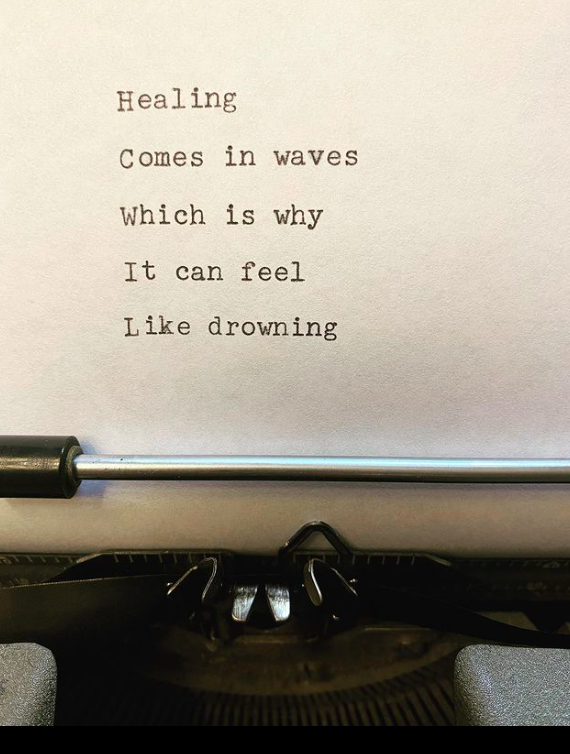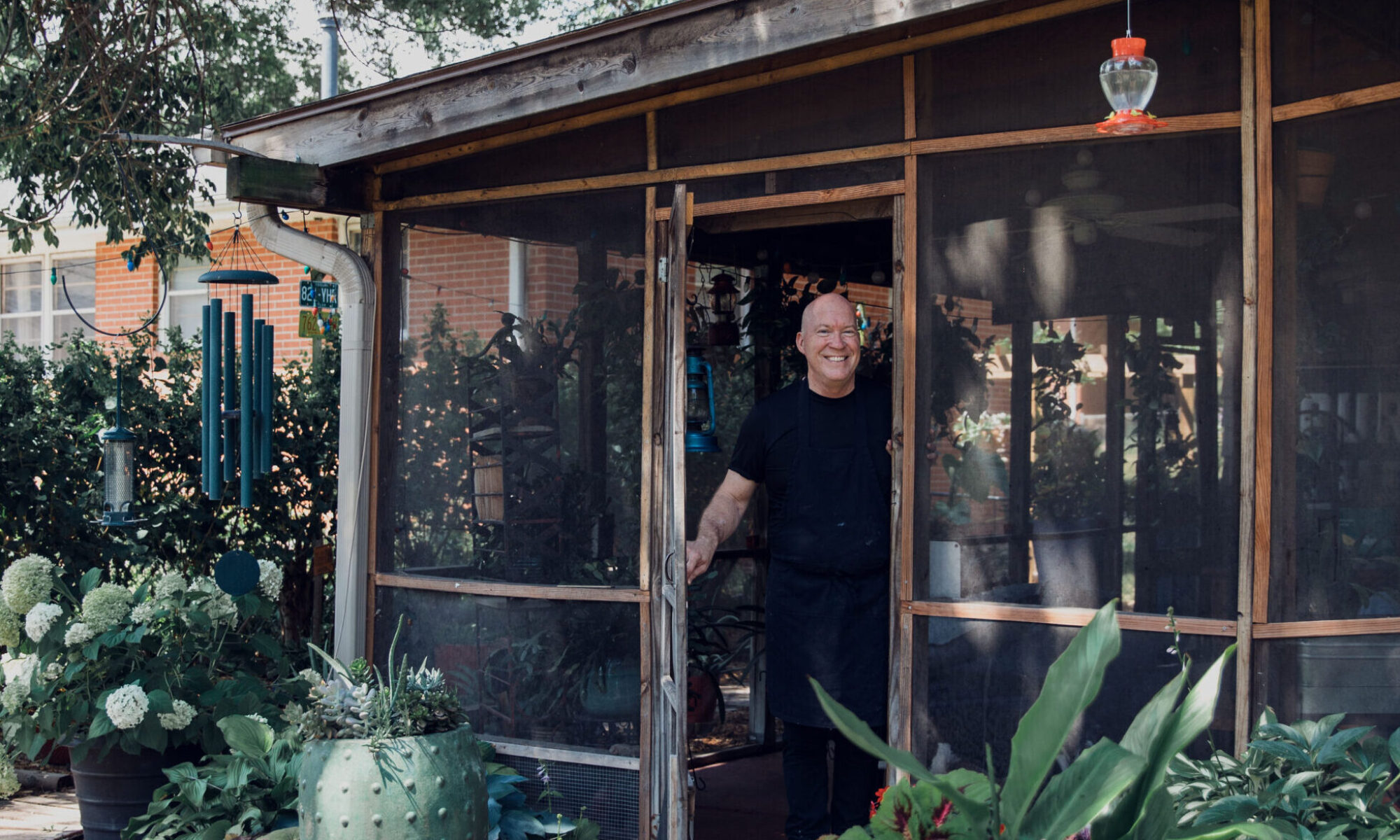
I have an occasional practice when I eat lunch at home. I flip on YouTube and scroll through their recommendations based on what they think I would be into. They get me pretty good and fill the list with gardening, food related documentaries and how things work. I typically don’t click on anything more than 5 minutes long, but Intervention drew my curiosity like a smoldering dumpster fire.
Intervention is an AMC production that follows people who have a severe substance addiction. The premise is the same. Meet (add name of family member) who consumes (fill in drug of choice) per day and can’t hold down a job. Now meet friends and family who are very concerned and want this person to get help. Each one interviewed describes the person as loving, wonderful and full of life and they hate to see (____) throw their life away.
The show is fairly predictable, which is why I find it fascinating. Everyone involved is focused on the addiction, even to the point of being angry about it. An intervention is eventually staged and the behavior is confronted by a group of people in hopes that the person will change.
My fascination with the show is what gets overlooked and I watch for it in each episode. It only takes about five minutes to reveal the real story. In the interview with the addict, the reason for the addiction always gets exposed.
The pain.
It’s the pain from verbal abuse, of rape or incest or other childhood trauma. It’s consistent in every story. The once bubbly, happy child has become a shadow of that former self.
But the attention is diverted away from the pain and all the focus is on stopping the behavior. And that’s why it doesn’t always work. Just Say No is well meaning, but terribly misguided.
The pain is why the woman drinks six bottles of wine a day. It’s the pain that drives a man to keep stealing to obtain fentanyl. The pain propels the addiction. In this way, the substance becomes secondary, merely a consequence of the unresolved inner turmoil.
And the pain is accelerated and fueled by shame. The addict feels the agony of it all. An intervention that does not go beyond the substance toward understanding what pushes it will likely fail.
To best help the addict, start with the pain. Find the pain and you find the problem.
